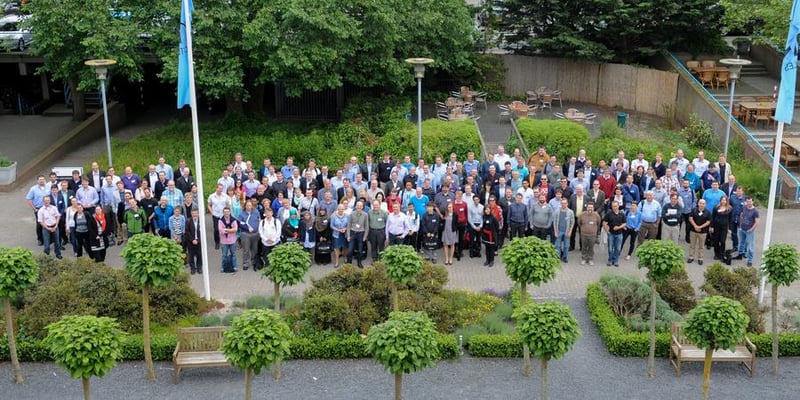OpenEye Scientific awarded the American Crystallographic Association (ACA) Emerald sponsorship to Oliver Clarke, Assistant Professor of Anesthesiology, Department of Physiology and Cellular Biophysics, Columbia University, and Mark Herzik, Assistant Professor of Chemistry and Biochemistry at University of California San Diego (UCSD).
Professor Clarke and Professor Herzik will present, “New Developments in cryoEM and cryoET: Towards Atomic Resolution,” at the 72nd annual meeting on Saturday, July 30, 2022 at the Portland Marriott Downtown Waterfront in Portland, Oregon.

Presentation Details
Location: 1401 SW Naito Parkway, Portland USA Oregon 97201
Conference Dates: 72nd Annual Meeting | July 29 - August 3, 2022
Presentation Date: Thursday, July 30, 2022 | 8:30 a.m. - 11:30 a.m. PDT
Speakers: Oliver Clarke, Assistant Professor of Anesthesiology, Department of Physiology and Cellular Biophysics, Columbia University, and Mark Herzik, Assistant Professor of Chemistry and Biochemistry at University of California San Diego (UCSD)
Title: New Developments in cryoEM and cryoET: Towards Atomic Resolution
Abstract:
Single-particle cryogenic electron microscopy (cryoEM) and tomography (cryoET) can provide remarkable insights into the structure of macromolecules in either purified form or in a cellular context, respectively.
Due to advances in direct electron detector technologies and algorithm developments over the past decade, cryoEM analysis can now routinely determine structures at resolution ranges previously deemed accessible only to X-ray crystallography (2-4Å), while cryoET has moved into the sub-nanometer range.
However, ultra-high-resolution structures, where individual atoms are resolved, remained only accessible by crystallographic analysis until recently. Now, with the advent of new EM hardware, including more coherent electron sources, improved energy filters and more, cryoEM analysis is able to reach atomic resolution in favorable cases.
In parallel, improvement in data collection methods and reconstruction approaches has allowed cryoET to similarly break new ground, with sub-3Å reconstructions now achievable.
This session highlights both the technical developments that have allowed such advances, and the biological insights facilitated by improved structural resolution obtained by both cryoEM and cryoET.
Additional Resources
- To learn more about the conference, click here.
- To learn more about the agenda, click here.
- To register for the conference, click here.

